RESEARCH
Research on ancient dyeing
Research on ancient dyeing
Reviving Ancient Colors
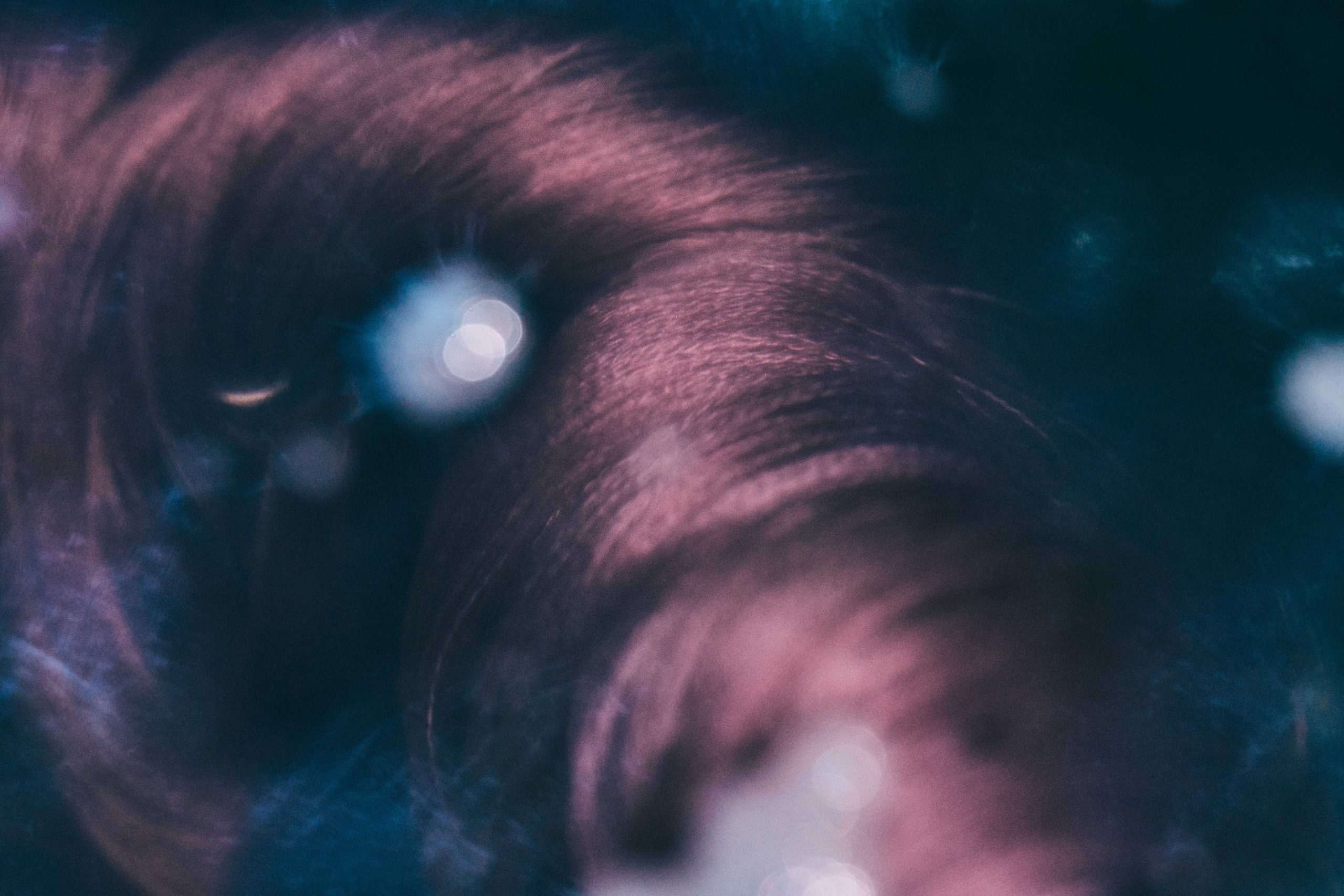
In April 2020, Hosoo founded the Historical Japanese Natural Dyeing Research Lab. based at a machiya townhouse near the Kyoto Imperial Palace. At the Lab., they conduct research to revive natural dyeing and plant dyeing that had been practiced in Japan over a thousand years ago, pursuing the beautiful colors of ancient Japan through the method unbound by economic logic.
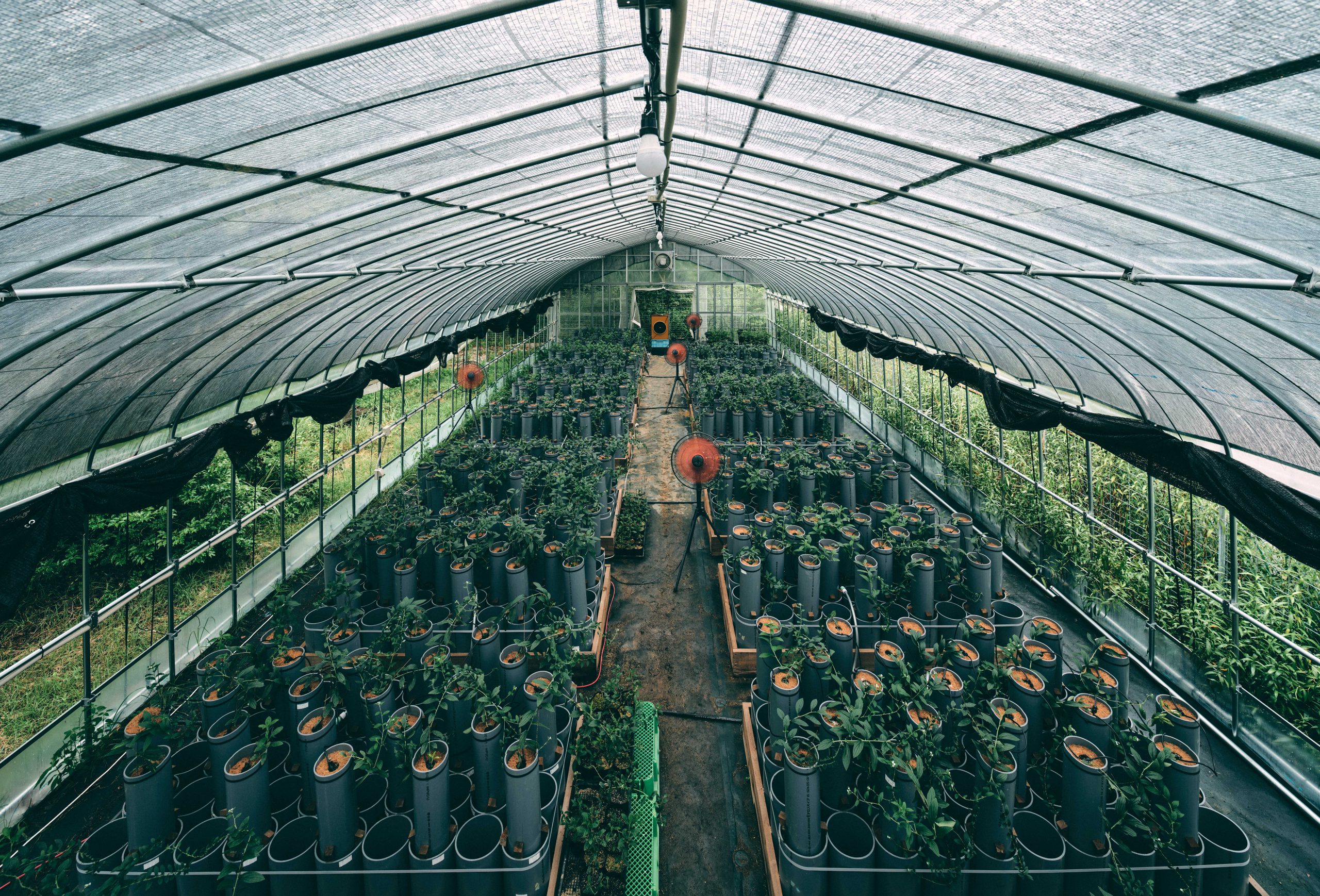
Dyeing with natural plant dyes may remind many of the term kusaki-zome [dyeing using trees and grass]. But Akira Yamamoto, a dyeing artist and the advisor to the Lab., avoids the term. Instead, he uses shokubutsu-zome [plant dyeing] or kodai senshoku [ancient dyeing], because kusaki-zome, which was at one point a registered trademark, has considerably simplified the original ancient dyeing method so that anyone can easily try dyeing with plants.
Yamamoto originally entered the world of dyeing and weaving through his training in Kyō-yūzen and has been practicing plant dyeing for over 50 years as a sideline to pursue dyeing and weaving further. His mentor in the field was Ujo Maeda, an ancient dyeing and weaving artist.
Maeda refused to take those who received his teaching as his “apprentices.” Rather, he encouraged
them to learn not just from him but from many people, saying, “Cherish your worldview and practice ancient dyeing in your way.”
The concept of “color” in ancient dyeing differs from our understanding of it today. For example, in the case of ume-zome [dyeing with Japanese apricot barks and roots], one cannot give a simple answer to the question, “What is the color of ume?” Even when using the same species of plant, the resulting color differs depending on the individual plant or the parts used. In addition to the material, the environmental factors such as temperature and humidity, pH of water, and a mordanting method contribute to the differences, and repeating the dyeing process leads to darker colors. In other words, a particular species of plant by no means has a one-to-one correspondence with a specific color.
Yamamoto studied under Maeda and has been practicing natural dyeing for over 50 years. Supported by this experience, Yamamoto possesses the almost “magical” intuition of a craftsman and all the know-how on delicate plant dyeing, which have reached a level beyond verbalization.
To succeed Yamamoto’s know-how, the new generation of staff at the Lab. is practicing dyeing hands-on under his supervision every day.
Oral Instruction on Dyeing
1. Good dyeing is found in the five elements.
Chapter of wood: Trees and plants are living things created by nature, like humans. Treat them with love and devote yourself to the work of dyeing while praying to tree spirits.
Chapter of fire: Be sincere to fire. Without sincerity, it will cause harm. Attentively worship the spirit of fire.
Chapter of earth: Everything grows from the earth. If the earth is poor, the color will be poor. The earth filled with clean air is considered adequate.
Chapter of metal: Metals are the great enemy. Even though colors are not fixed without them, you must know there are good and bad ones.
Chapter of water: Water comes first, water comes second, and perseverance comes third. Water must be genuine; perseverance is to supplement your ability with prayer.
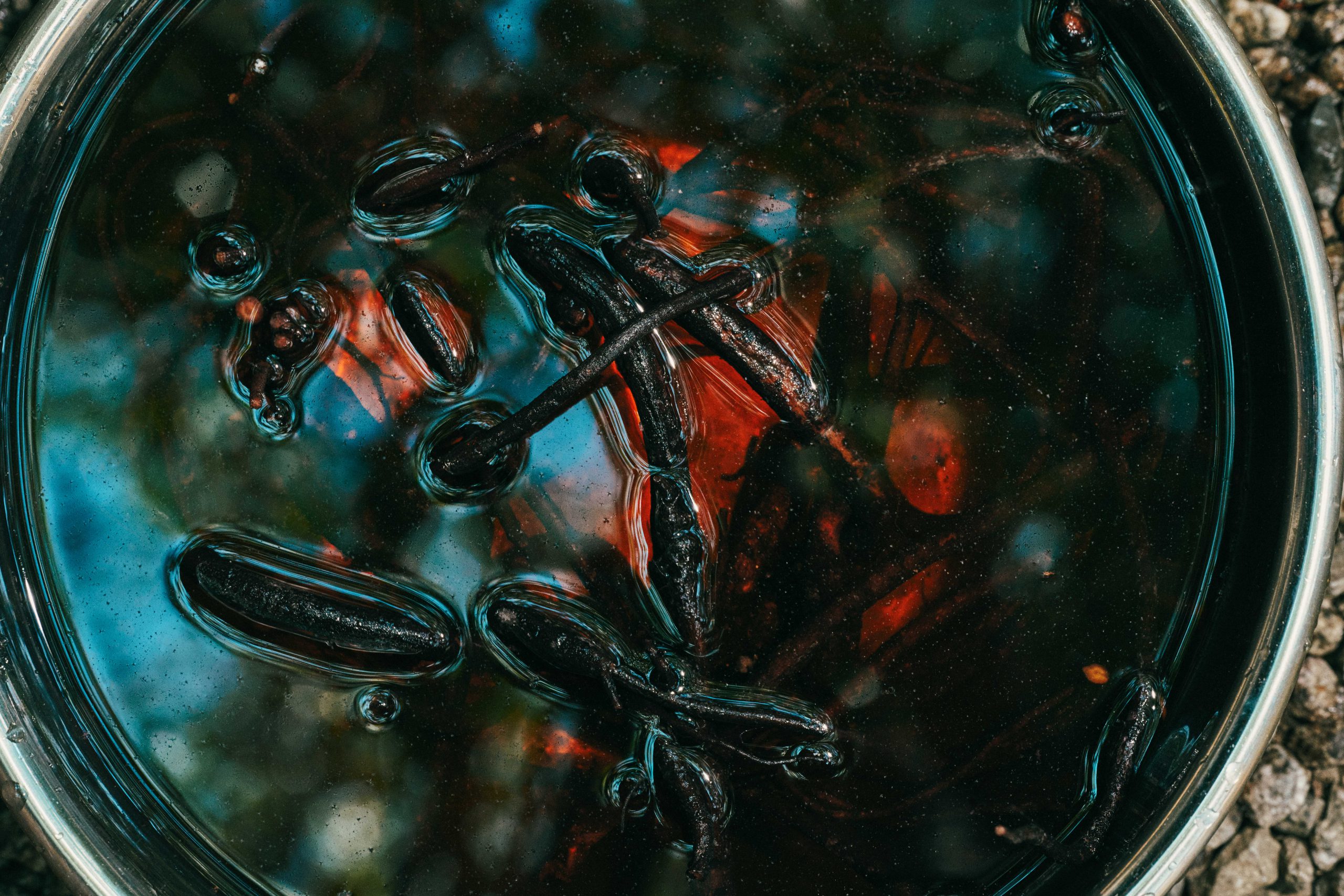
At the Historical Japanese Natural Dyeing Research Lab., its primary principle is to forget economic logic and efficiency and fully invest time and effort.
In ancient dyeing, gathering materials accounts for more than half of the work. Natural dyes needed are made of highly delicate plants, including nihon murasaki [a species of red gromwell], nihon akane [a species of madder], and maruba-ai [a species of Japanese indigo]. These plants were ubiquitous a thousand years ago, but today, with some of them being designated as endangered species, it has become challenging event to collect them. There are a few places in Japan that grow these plants, but they are not commercially available. Thus, the Lab. has established a farm in Kyotamba to cultivate the raw materials. At the farm, each plant is categorized by a place of origin and given a
differentiated soil composition. Furthermore, various factors such as humidity, temperature, and light are monitored to explore and provide the best environment for the plants to grow.
Such thorough management of plants stems from Yamamoto’s teaching: “To practice plant dyeing, you must deepen your understanding of plants themselves.” He says that merely using materials obtained as wooden chips is like being satisfied with chicken meat sold at a supermarket without knowing the actual bird. At the same time, the effort to bring back those plants on the verge of being
lost naturally leads to the preservation of the natural environment and measures against global warming.
Gaining a deeper understanding of plants also allows one to grasp the “character” of each plant. It is not the character of a plant species but the specific quality of an individual plant. At the Lab., they idealize a dyeing method that respects the unique differences of each plant and brings out their inherent colors.
To begin the dyeing process, the first step is to pre-treat yarns. The Lab. mainly uses silk yarns, which are refined by soaking in lye made of straw ashes. Through this process, the yarns turn into a natural, raw state, which allows them to be dyed with good fastness. Dyes made of natural materials decay quickly. Thus, they are not preservable and must be used for dyeing while fresh.
And, as mentioned earlier, since there are many uncertainties in the dyeing process, in the end, all they can do is pray. Maeda’s teachings included mental aspects such as “bound your mind with shimenawa [a sacred rice-straw rope]” or “no quarrel with your wife (husband).”
At the Historical Japanese Natural Dyeing Research Lab., they are also particular about mordants, which are used to fix dyes onto fibers. There are various types of mordants, such as camellia branches and leaves, as well as iron mordant, and each produces a distinct dyeing result. Some mordants are produced by burning the plants used as dyes, again committing to the circulation of plants.
After the yarns are dyed, they undergo the process of drying to fix the color firmly. This step cannot be rushed by using a dryer, which causes the dye trying to permeate into the fiber core to come out of the fiber. It is best to air dry them in order to avoid this, but it takes time. To dye in a darker color, the dyeing and drying process must be repeated multiple times, requiring even more time.
Through this effort, the beautiful colors cherished by the ancient nobility are brought back to the present. What is more, those colors are incredibly durable. In fact, the ancient, dyed objects owned by establishments such as the Shōsōin Treasure House largely retain the colors from ancient times.
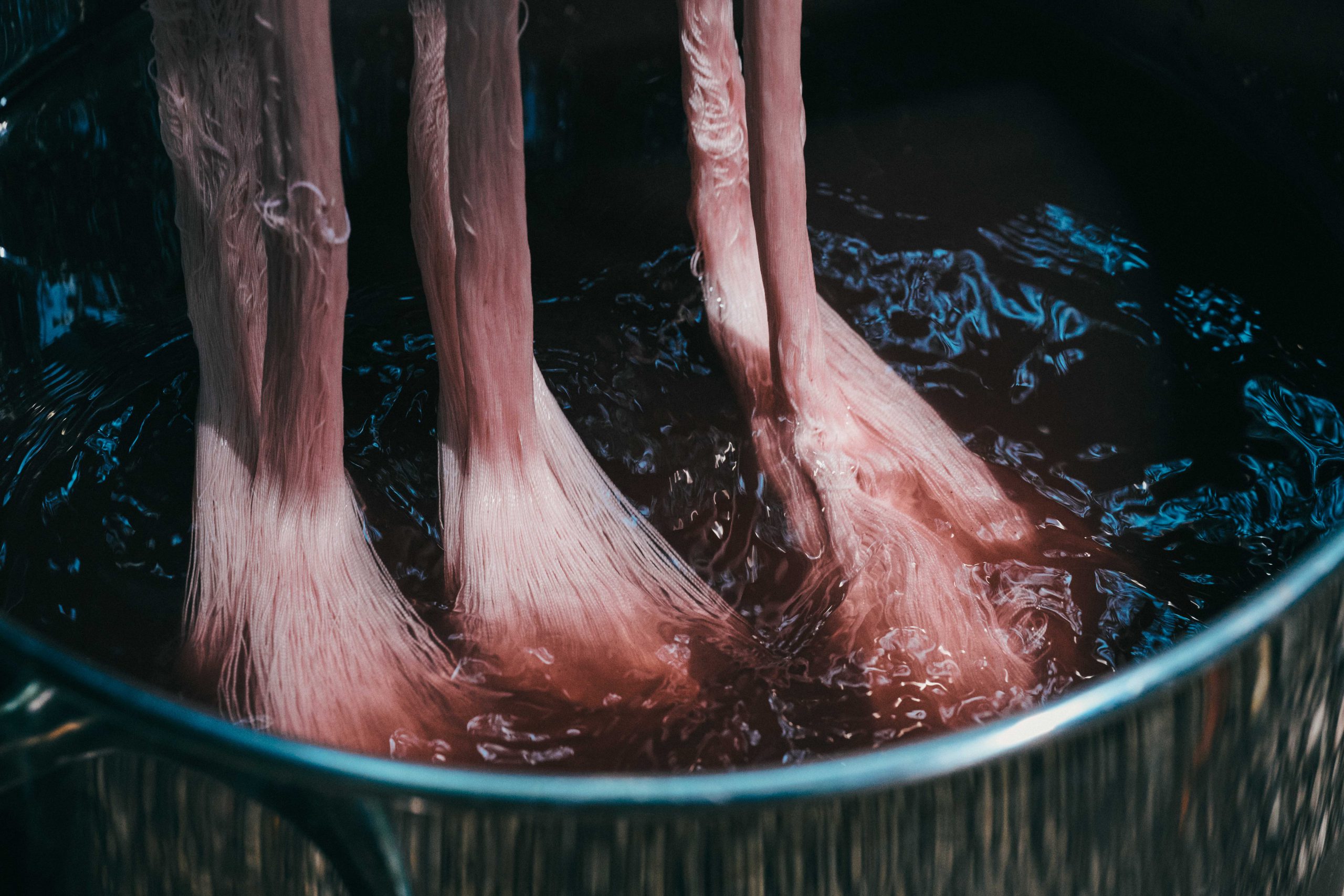
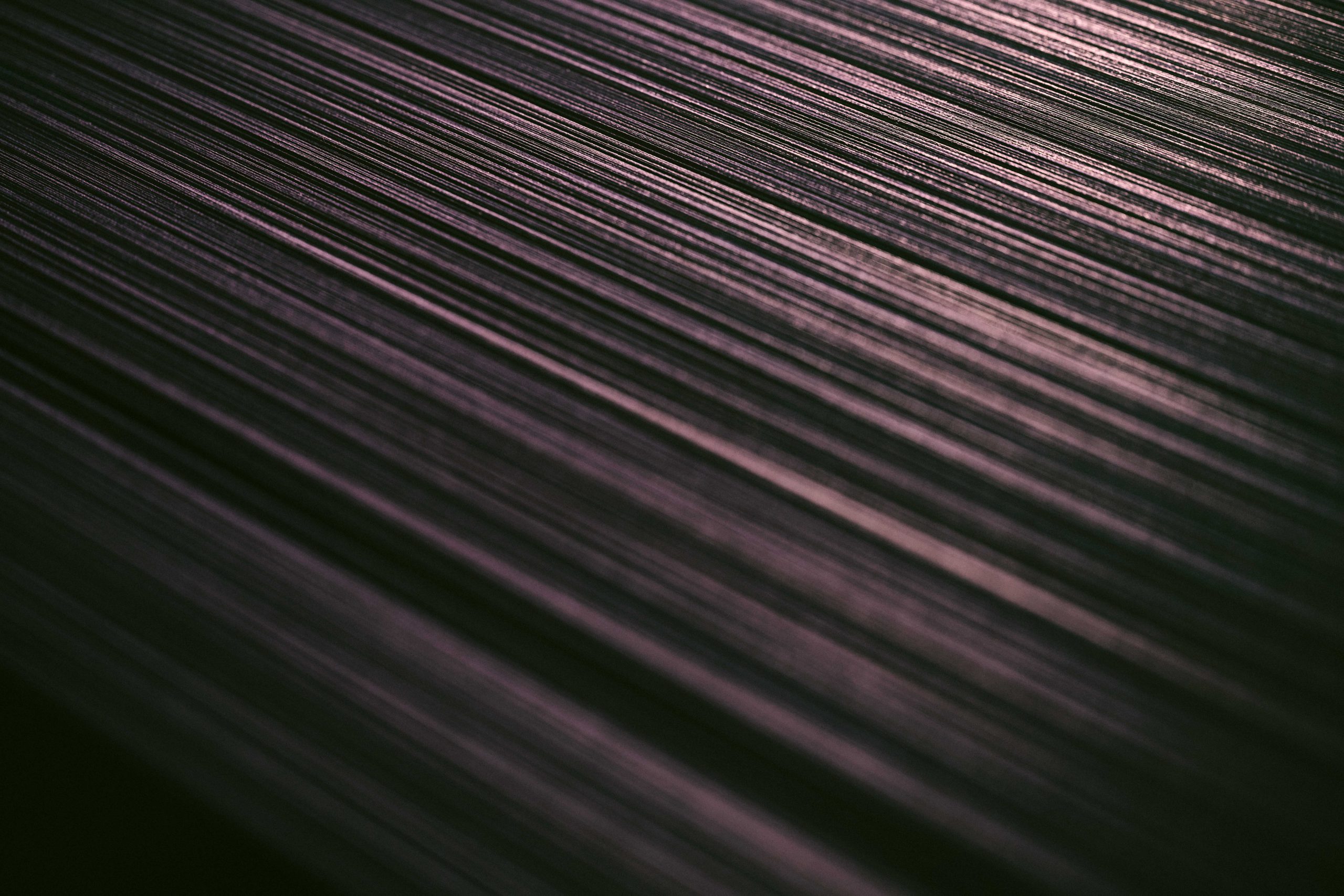
Yamamoto explains that natural dyeing, carefully executed with ample time and effort invested, offers us a great opportunity today.
— In today’s world, mass production is the mainstream, and natural dyeing goes against the system. But the reality is, while we enjoy material abundance, we suffer from mental illness. What compensates for the damage is work that requires time and effort, like natural dyeing. I believe that I can express my gratitude toward Mr. Ujo’s teachings by instructing younger generations to pay attention to such things.
Akira Yamamoto
(Rurihiko Hara)
